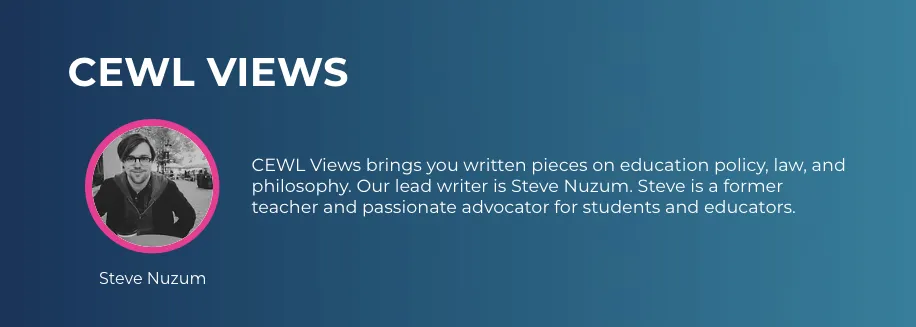- July 3, 2025 - What teaching taught me - 5 min read
- July 2, 2025 - Why doesn’t summer always feel like a break? - 4 min read
- May 27, 2025 - Direct Action - 8 min read
- April 30, 2025 - Teacher Exhaustion and Burnout - 7 min read
- April 10, 2025 - Why Book Bans Matter - 6 min read
- April 7, 2025 - Educator Assistance Act - 3 min read
- March 12, 2025 - Pro-Voucher Officials Aren’t Letting the Democratic Process Stop Them - 6 min read
- February 13, 2025 - What is Diversity, Equity, and Inclusion? - 6 min read
- January 28, 2025 - What You Need to Know About South Carolina's Neo-Voucher Bill - 5 min read
- January 16, 2025 - Banned Book: Normal People - 7 min read
- January 9, 2025 - South Carolina Pre-Filed Education Bills - 4 min read
- December 19, 2024 - Labor Unions: A Democratic Check in Times of Crisis - 6 min read
- December 4, 2024 - Discomfort and Organization - 4 min read
- November 20, 2024 - These Books Are Now Illegal in South Carolina Schools - 6 min read
- November 13, 2024 - Elections Have Consequences for Students - 5 min read
- November 6, 2024 - Why Don’t Students Read Books? - 6 min read
- October 30, 2024 - How Does the South Carolina State Board of Education Work? - 5 min read
- October 23, 2024 - Actions Speak Louder Than Words: SC Legislators’ Voting Histories - 5 min read
- October 16, 2024 - What is So Bad About Private School Vouchers? - 3 min read
- October 9, 2024 - Praxis - 2 min read
- September 20, 2024 - Banned Book: Flamer - 5 min read
- August 30, 2024 - New Book Bans Have Begun in South Carolina - 6 min read
- August 15, 2024 - Why Are Schools Eliminating Recess, and What Are the Impacts?
- August 6, 2024 - Remembering May 1, 2019 - 5 min read
- July 31, 2024 - Banning Phones - 5 min read
- July 8, 2024 - Educational Trauma - 6 min read
- July 2, 2024 - Can AI Write "Well"? - 6 min read
- June 3, 2024 - So You Want to Be a Virtual Teacher... - 3 min read
- May 13, 2024 - South Carolina Teacher Contracts (Satire) - 3 min read
- May 9, 2024 - Teacher Contracts - 4 min read
- March 1, 2024 - Banned Book: Anne Frank's Diary - 13 min read
- October 13, 2023 - Yet Another Report Tells Us What Teachers Have Been Saying for Decades - 5 min read
- September 25, 2023 - Banned Book: Between the World and Me - 6 min read
- September 15, 2023 - The War on Librarians - 5 min read
- August 20, 2021 - Your Voice Matters - 2 min read
Stay Informed We'll come to you
We're here to help you succeed in your career, advocate for public school students, and stay up to date on the latest education news. Sign up to stay informed.
